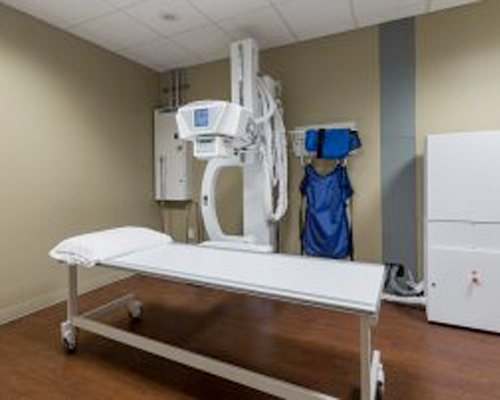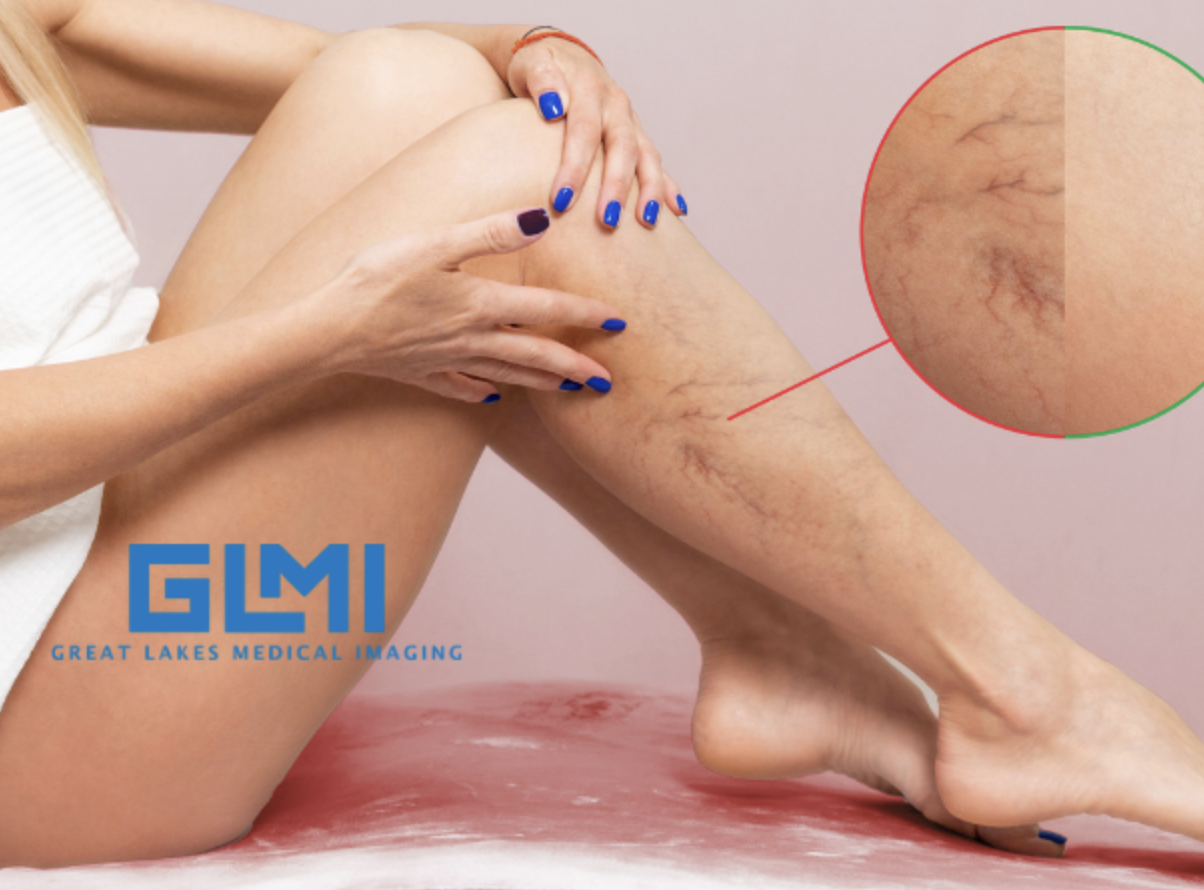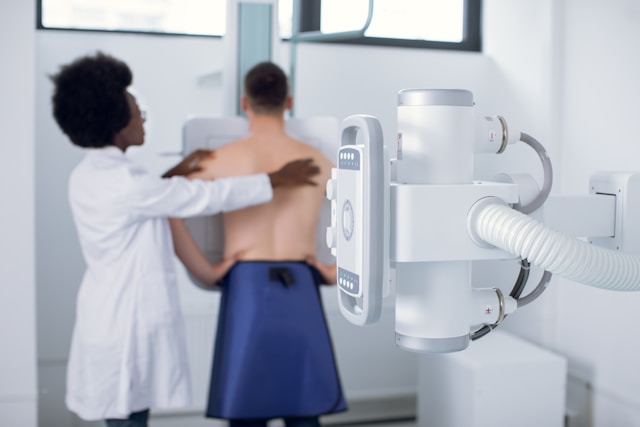Our Blog
The Evolution of X-ray Imaging: Celebrating Technological Advancements at GLMI

The world of medical imaging has seen unparalleled advancements in the past few decades, and at the heart of many of these innovations lies the humble X-ray. From its discovery in the late 19th century to the state-of-the-art machinery we use today, X-ray imaging has continuously evolved, adapting to the needs of healthcare professionals and patients alike. At Great Lakes Medical Imaging (GLMI), we're proud to be part of this ongoing journey. Let's take a moment to appreciate the milestones in X-ray imaging and the advancements we're championing at GLMI.
A Glimpse into the Past
1895: The Discovery
Wilhelm Conrad Röntgen, a German physicist, stumbled upon a new type of ray while experimenting with cathode rays. He named it "X-ray" – 'X' for unknown. This serendipitous discovery earned him the first Nobel Prize in Physics in 1901.
1900s: The First Medical Uses
Initially met with skepticism, the potential of X-rays in medical diagnostics became evident quickly. By the early 1900s, X-rays were being used to detect fractures, tuberculosis, and even foreign objects in the body.
1940s-50s: The Dawn of Modern Radiology
Post World War II, there was a significant push for technological advancements. X-ray machines became more sophisticated, safer, and portable.
Technological Milestones at GLMI
Digital Radiography (DR)
Transitioning from film-based systems, GLMI adopted Digital Radiography, ensuring faster imaging, reduced radiation doses, and immediate access to images.
Computed Radiography (CR)
CR, another digital system we employ, uses phosphor imaging plates instead of traditional films. This technology offers flexibility and improved image processing capabilities.
Real-time Collaborative Tools
With integrated PACS (Picture Archiving and Communication System), our team collaborates in real-time, discussing findings and ensuring accurate diagnosis.
Advanced Safety Mechanisms
Understanding the concerns about radiation exposure, our equipment incorporates features that adjust radiation doses based on the patient's anatomy and the area being examined. This ensures minimal exposure without compromising image quality.
The Future at GLMI
AI Integration
We're closely monitoring developments in Artificial Intelligence. As algorithms become more adept at analyzing X-ray images, integrating AI could offer quicker preliminary readings and identify patterns that might be challenging for the human eye.
3D Imaging and Holography
Advancements in 3D X-ray imaging and holography have the potential to offer more detailed anatomical insights. GLMI is enthusiastic about these prospects and remains committed to adopting technologies that enhance patient care.
In Conclusion
From the discovery of the X-ray to the cutting-edge technologies we use today, the journey of X-ray imaging has been nothing short of remarkable. At GLMI, we take pride in being at the forefront of these advancements, continuously striving for excellence in diagnostic care.
If you're interested in learning more about our services or the technologies we employ, please visit our contact page.
Disclaimer: This blog article is for general informational purposes only and should not be construed as professional medical advice. Always seek the advice of your physician or other qualified health provider with any questions you may have regarding a medical condition.
‹ Back









